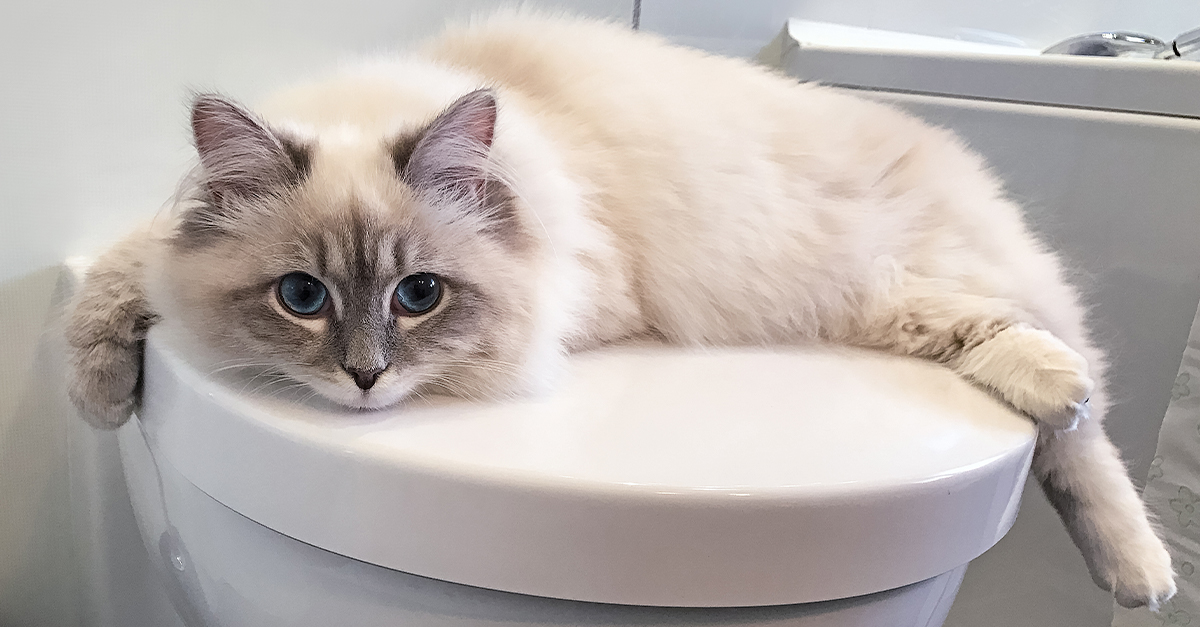When You Must Never Dispose of Animal Waste Down the Toilet
When You Must Never Dispose of Animal Waste Down the Toilet
Blog Article
How do you feel when it comes to 10 Things You Should Never Flush Down The Toilet?

When it comes to dealing with waste, specifically animal waste, lots of people frequently turn to the practical alternative of flushing it down the commode. However, this relatively simple service can have severe consequences for the environment and public health. In this article, we'll check out why flushing pet waste down the toilet is a negative concept and give alternate approaches for correct disposal.
Introduction
Appropriate waste disposal is critical for maintaining environmental sustainability and public health. While it may appear harmless to flush animal waste down the bathroom, it can cause numerous issues, both for the environment and human health.
Dangers of flushing animal waste
Environmental influence
Flushing pet waste presents dangerous bacteria and pathogens into rivers, which can adversely affect water communities. These microorganisms can contaminate water sources and injury marine life, interfering with fragile communities.
Public health issues
Pet waste contains hazardous microorganisms such as E. coli and Salmonella, which can present serious wellness risks to people. Purging animal waste down the toilet can infect water supplies, causing the spread of conditions and infections.
Alternatives to flushing
Rather than flushing pet waste down the bathroom, there are numerous alternate disposal techniques that are extra environmentally friendly and hygienic.
Composting
Composting pet waste is an environmentally friendly means to take care of it. By composting, organic matter is broken down into nutrient-rich dirt, which can be used to feed gardens and read more plants.
Landfill disposal
Taking care of animal waste in a landfill is an additional alternative. While not as environmentally friendly as composting, it is a much safer choice to flushing, as it stops the contamination of water sources.
Pet dog waste disposal systems
There are specific animal waste disposal systems offered that securely and hygienically throw away animal waste. These systems usually use enzymes to break down waste and eliminate odors.
Steps to appropriate pet waste disposal
To ensure proper disposal of animal waste, comply with these actions:
Scooping and nabbing waste
On a regular basis scoop and bag animal waste using biodegradable bags. This avoids waste from infecting the setting.
Utilizing marked waste containers
Dispose of bagged animal waste in marked waste containers, such as compost bins or land fill bins. Prevent flushing it down the commode in all prices.
Cleaning up can and animal areas regularly
Regularly clean litter boxes and family pet locations to prevent the build-up of waste and microorganisms. Use pet-safe cleaning items to preserve health.
Advantages of correct disposal methods
Embracing correct disposal approaches for animal waste provides a number of benefits:
Reduced environmental pollution
Proper disposal techniques minimize the threat of environmental pollution, securing rivers and communities from contamination
Decreased threat of water contamination.
By avoiding flushing animal waste down the commode, the risk of water contamination is significantly lowered, safeguarding public health.
Boosted sanitation and health
Proper disposal methods promote much better sanitation and hygiene, creating a more secure environment for both human beings and pets.
Conclusion
To conclude, flushing animal waste down the bathroom is harmful to the atmosphere and public health. By adopting alternate disposal methods and adhering to correct waste administration practices, we can decrease the negative influence of animal waste and add to a cleaner, healthier planet.
What To Do With Dog Poo – The Do's And Don'ts Of Disposing Of Faeces
Dog poo bins
Some councils provide dedicated dog waste bins in popular dog-walking areas that can take dog poo that has been bagged but you can legally dispose of dog waste in any public litter bin, as long as it is securely bagged. This also applies to your wheelie bin at home.
Do not flush
Water companies do not recommend flushing dog faeces down the toilet because certain parasites can survive the water processing treatment and are potentially harmful to humans. You should also never consider flushing dog poo that has been bagged down the toilet as the bags will not break down and instead create severe blockages in the sewage system.
In the woods
The Forestry Commission promotes a ‘stick and flick’ method for dealing with waste in the woods. This means finding a stick and using it to flick any poo from off the path so that it is out of the way of other walkers. You could also bury it as long as it is not in an area where there might be livestock.
Livestock
Parasites found in dog poo can be transmitted to livestock if they inadvertently eat infected faeces that has been left on grazing land. This could result in the death of sheep or abortion in cattle so you should always make sure you pick up your dog’s waste in fields where livestock could be present.

I ran across that review about 10 Things You Should Never Flush Down The Toilet while doing a search on the search engines. Are you aware of another individual who is inquisitive about the topic? Take a moment to promote it. Thanks a lot for your time spent reading it.
Call Report this page